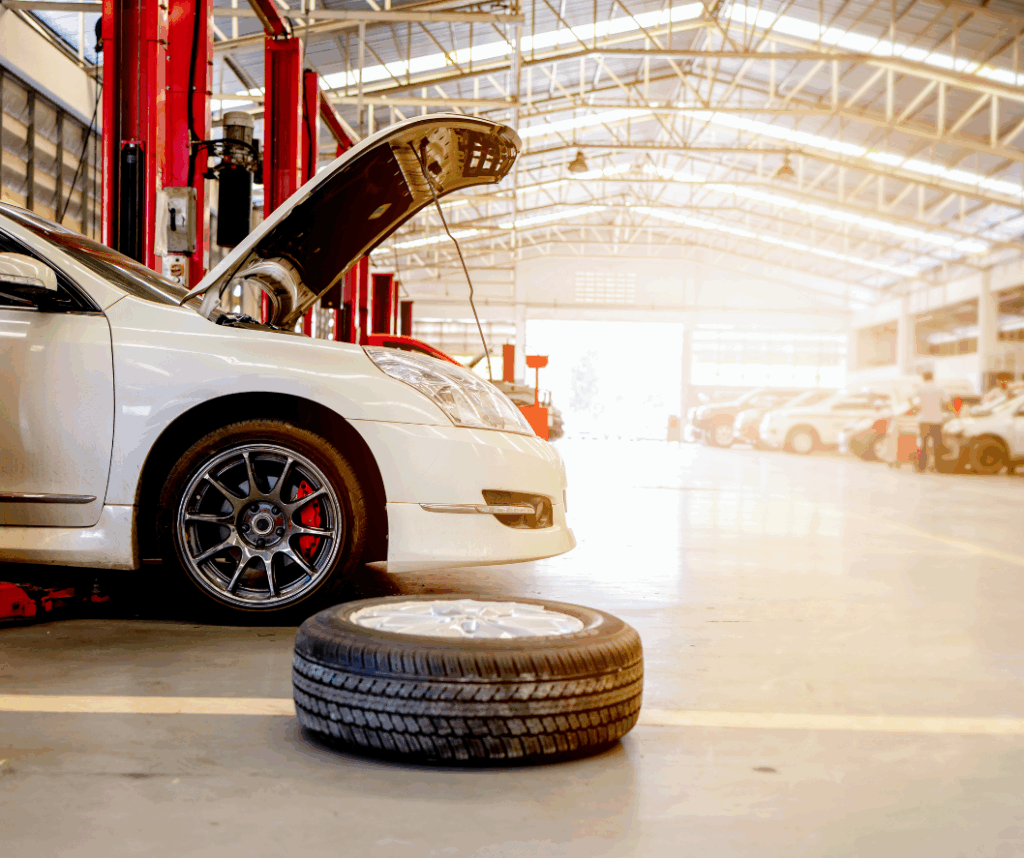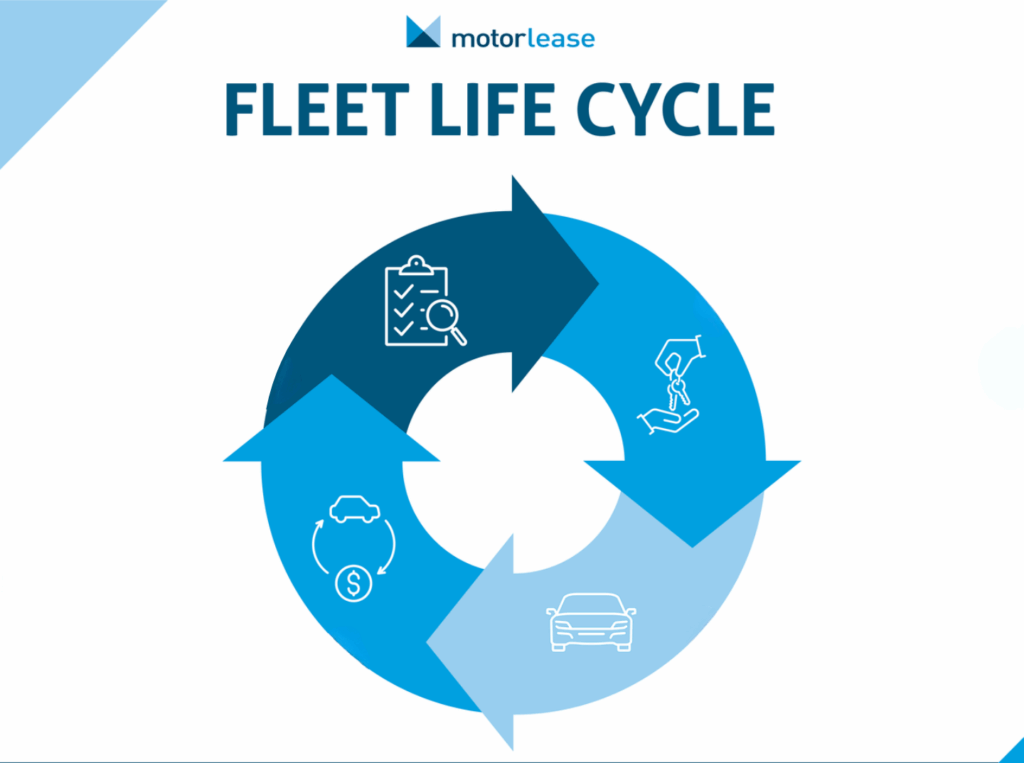As the temperature begins to drop, the changing seasons mean more than simply transitioning from pumpkins and turkeys to snowmen and holiday carols. We’re coming into the time of year when snow, ice, sleet, and slush can wreak havoc on our daily commutes. As we enter the winter season, now is a good time to debunk some of the myths that surround winter driving. In this article, we’ll set the record straight so that you and your loved ones can stay safe while out on the road.
In This Article
You Should Idle Your Vehicle to Warm Up the Mechanical Components
Slightly Deflating Tires Will Result in More Traction
All-Wheel Drive Vehicles are Invincible in the Snow
Pump the Brakes to Stop on Slick Roads
You Should Idle Your Vehicle to Warm Up the Mechanical Components
This is one of the oldest, and most persisting myths regarding winter driving. The reason is because at one point in time, it was true. Dustin Stec of Bridgestone explains, “Years ago when cars weren’t computer controlled or fuel injected, you had to rely on mechanic delivery of fuel. In the wintertime when it was exceptionally cold, that component of the carburetor didn’t work well, and it had to warm up before it worked efficiently.” However, modern day vehicles and lubricants are extremely efficient. You may still want to allow 15-30 seconds of idling, just to be on the safe side, but the days of significant idling time are a thing of the past.
Slightly Deflating Tires Will Result in More Traction
There is a school of thought out there that deflating your tires in the winter time will allow them to grip the road better in messy conditions. This myth isn’t only incorrect, but it could potentially be dangerous. Countless hours of engineering and testing went into the creation and development of your tires, and they were designed to be inflated to a specific PSI (pounds per square inch) for maximum efficiency. Altering that PSI means that you will get substandard performance, which is a recipe for disaster when it comes to driving in the winter. If you feel like your vehicle’s tires aren’t performing properly, check your tread to ensure that they’re still road-worthy, or consider a set of winter tires.
All-Wheel Drive Vehicles are Invincible in the Snow
All-wheel drive is a fantastic feature to have in the winter, but drivers need to understand that it has limitations. Desjardins Insurance sums it up nicely in saying that “By identifying which wheels have the most traction and putting more engine power in them, all-wheel drive can help a car to accelerate significantly faster than a traditional two-wheel drive model. However, the feature does little to help a vehicle steer better, and it won’t help a car to stop faster in a short distance. Because all-wheel drive can divert engine power to the wheels with the most traction, it can serve to mask how slippery a road really is. This means that a driver can more easily get into a difficult driving scenario if he or she isn’t being careful.”
Pump the Brakes to Stop on Slick Roads
This is another piece of advice that was once true, but has now become outdated. Gerber Collision explains: “Pressing and releasing the brake pedal only works with older cars. Most of the vehicles built today have ABS braking systems that use a similar but more effective process. If your car has ABS brakes, press down firmly instead and maintain pressure on the brake pedal until the vehicle stops.”












